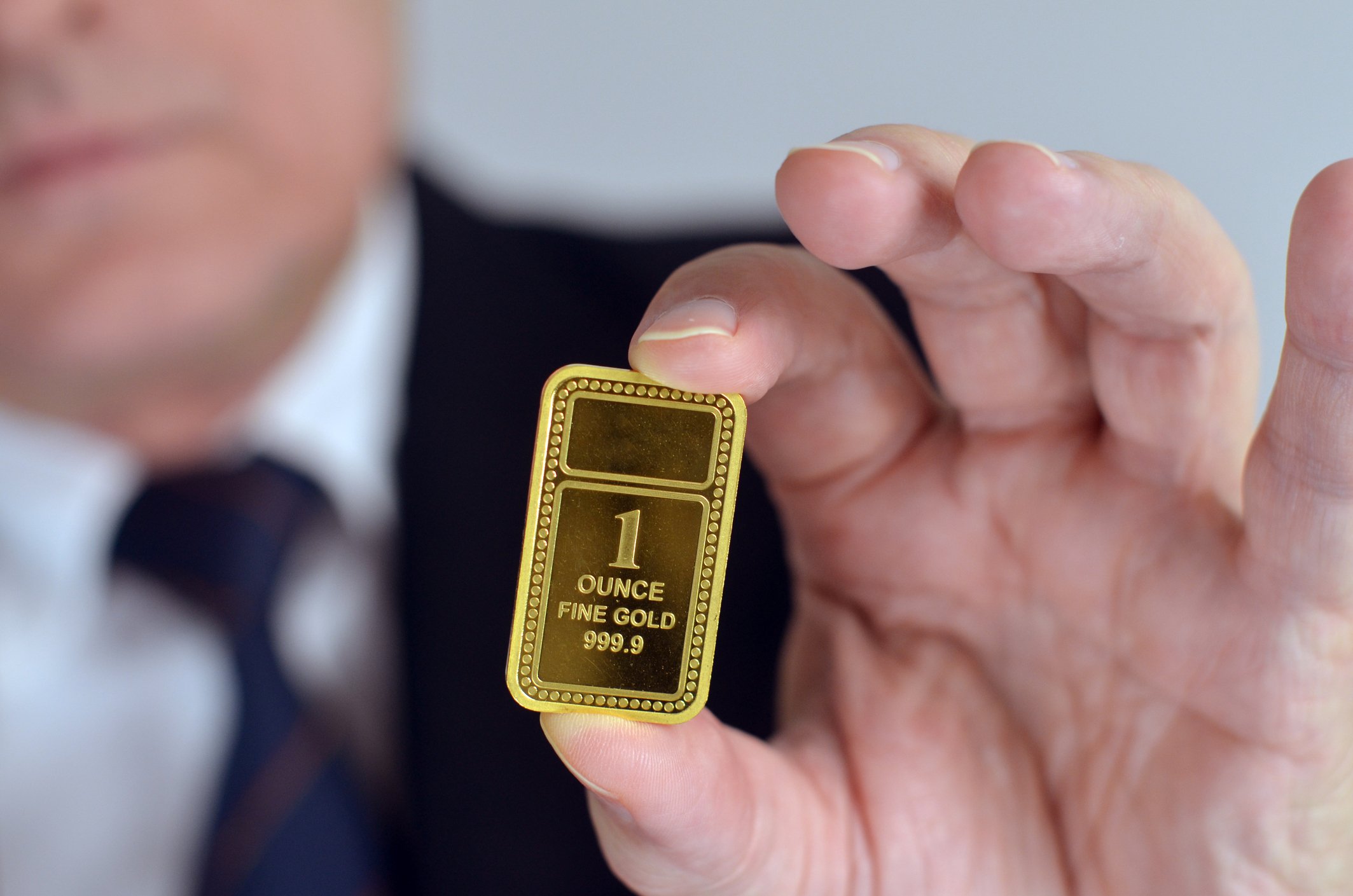Mining precious metals is a tough business. You need to move many metric tons of earth to find just ounces of metal, separate out the raw ore, purify it into material you can sell, and then find buyers. Wouldn't it be great if there was another way?
Good news: There is! Royal Gold (RGLD +2.42%) is a gold company, but one that has shunned heavy equipment and hardhats for streaming and royalty agreements with major gold miners such as Barrick Gold (ABX +2.22%). Those in the latter group move earth and gain valuable funding for development activities, while the company reaps the rewards from downstream operations once a mine comes online. It's a win-win in the right market conditions.
In fact, in the past three years, this unique business model has been a bigger win for Royal Gold stock than peers. Even better for investors, operations are continuing to improve, as the following three charts demonstrate.

Image source: Getty Images.
1. Booming revenue
In recent years, Royal Gold's top line has been booming thanks to strong performance from streaming agreements, in which the company provides an upfront deposit and agrees to acquire a specific volume of gold, silver, or copper at a predetermined price. These contracts have driven growth in recent years, as the market price of gold has greatly exceeded the contracted price.
Consider that in the first nine months of fiscal 2016, Royal Gold generated 63% of its revenue from streaming, with the balance from royalty agreements. That increased to 71% in the first nine months of fiscal 2017, as total revenue grew 25% from the year-ago period to $331.9 million.
RGLD Revenue (TTM) data by YCharts
Most of the revenue growth has been driven by a streaming agreement with Barrick Gold for a mine in the Dominican Republic, a contract that has tripled revenue from fiscal 2016 to fiscal 2017. This specific mine, and a handful of others around the globe with streaming agreements, are expected to increase production in the near future, which should allow this trend to continue to for the foreseeable future.
2. Operating cash flow
Strong top-line growth coupled with a low-cost business model -- royalty revenue is cost-free, and streaming revenue is inherently low-cost -- has resulted in otherworldly cash-flow growth. Consider that total revenue and operating cash flow in fiscal 2014 were $237 million and $147 million, respectively. Those numbers have increased to $331.9 million and $200.9 million, respectively, in just the first nine months of fiscal 2017. In fact, the operating cash flow in the fiscal third quarter of 2017 was a record $76.1 million.
RGLD Cash from Operations (TTM) data by YCharts
That's an amazing level of efficiency. To put that in simpler terms, Royal Gold turned 60% of revenue into cash flow in the first nine months of fiscal 2017. By comparison, Barrick Gold turned 30% of its revenue in operating cash flow in 2016, which is still a relatively high percentage. Similar to revenue growth, continued growth in operating cash flow should continue in the current market with the streaming and royalty agreements already in place.
3. Dividend powerhouse
If low-cost revenue leads to healthy operating cash flow for Royal Gold, then operating cash flow leads to dividend growth. Investors have certainly reaped the rewards in recent years. The company has steadily increased its dividend payout per share in recent years, while simultaneously tuning its asset portfolio to position performance for near- and long-term trends.
It may not seem like much, but dividend payouts have increased over 13% in the past three years. The stock has gained a comparatively small 4% in the same period.
Still, that's a huge departure from its gold-mining peers. Consider that Barrick Gold has decreased quarterly dividend payments per share 80% since mid-2013. That matches a great reduction in revenue, profit, and operating cash flow in the same time -- something Royal Gold has avoided with its unique business model.
What does it mean for investors?
Royal Gold generates revenue and income a bit differently from its peers, but the decision to manage its precious-metal business through financial transactions rather than moving metric tons of earth has proved valuable. And although the stock has moved sideways in the past three years, it has greatly outperformed peers such as Barrick Gold. Investors looking for a low-risk way to capitalize on gold mining may want to give this one a closer look.









